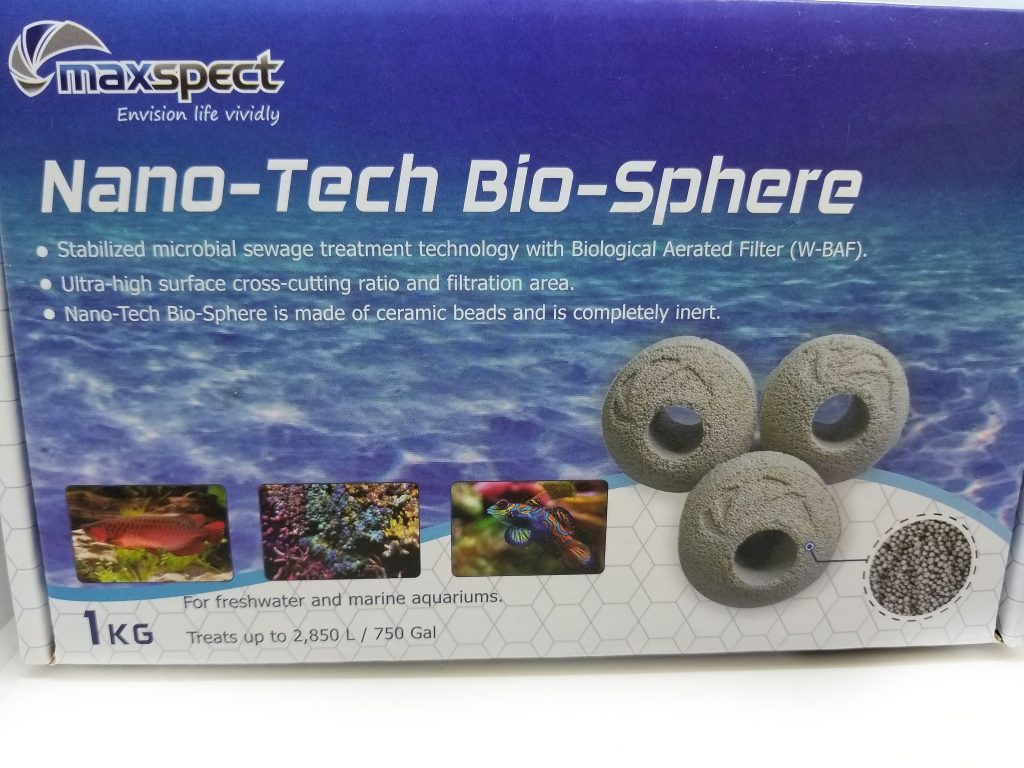
Approximately a year ago, I wrote an article introducing the Maxpect Nanotech Bio-Sphere. If you do not know about these spheres, please do click on the link that I provided above and check it out because it will answer many of your questions going forward. In the article, I addressed how it works, the science behind it, research from Rutger’s University, first hand use review, ICP testing to address common issues found in these items, and my thoughts on this. I’m happy to report that I still use them to this day and have been experiencing great success.
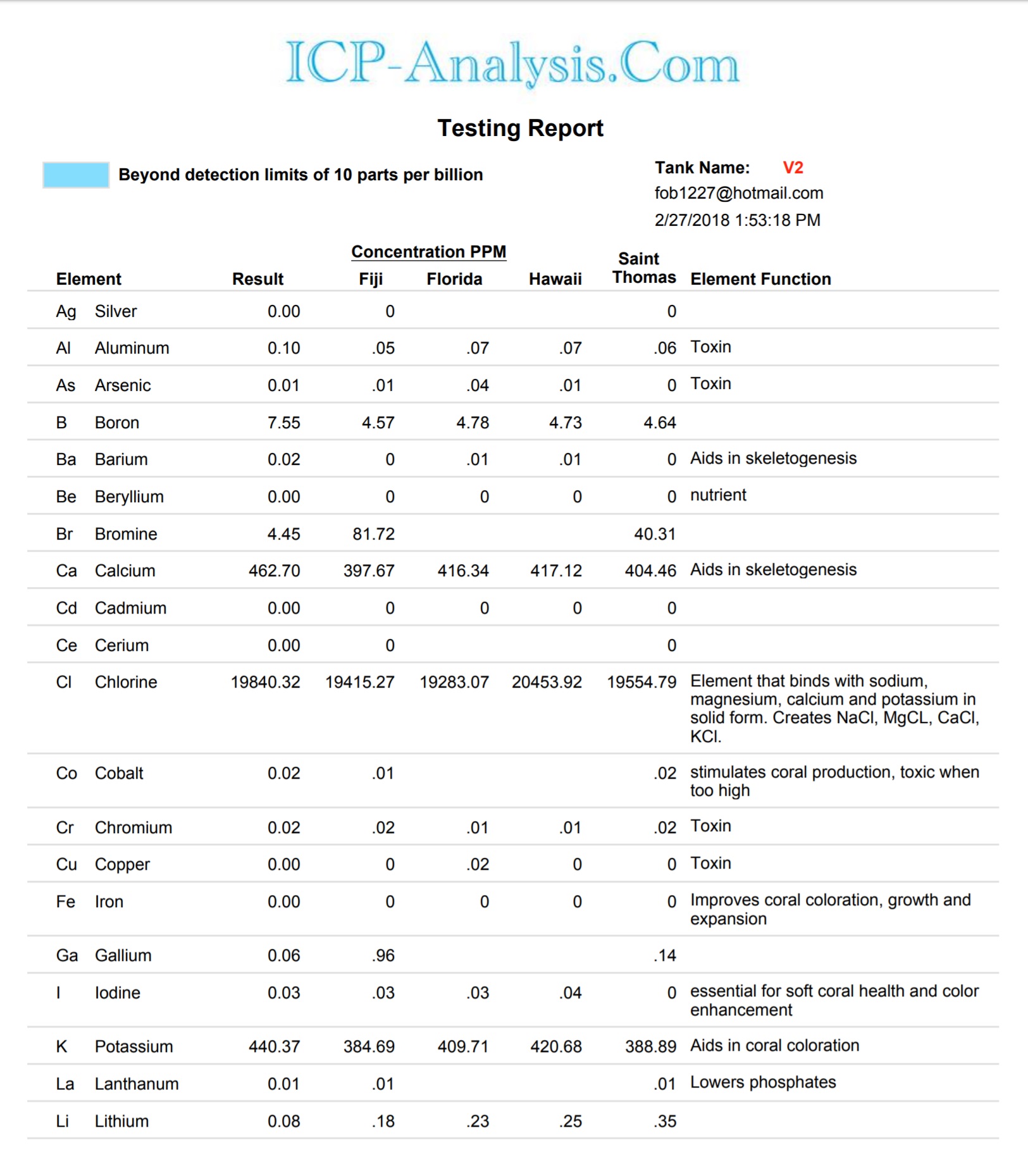
As the ICP test shows, a common issue found on these types of bricks, elevated aluminum, was not present with the Maxspect nano-tech products.
After a year of usage, it does not break apart from me handling them while I clean my sump. The two main concerns that are commonly brought up were addressed.
With that out of the way, are you ready?
As mentioned in the previous article, these are spheres and bricks made with extremely durable and porous ceramic beads that utilized W-BAF , aerated bacteria method to clean/polish the water. What I really liked about this was that it was a proven method, already being used in water sewage plants to effectively clean the water using bacteria that lives within these mini spheres.
I recently sat down with Howard of Maxspect and was introduced to their latest line up, Nano-tech Bio-plug.
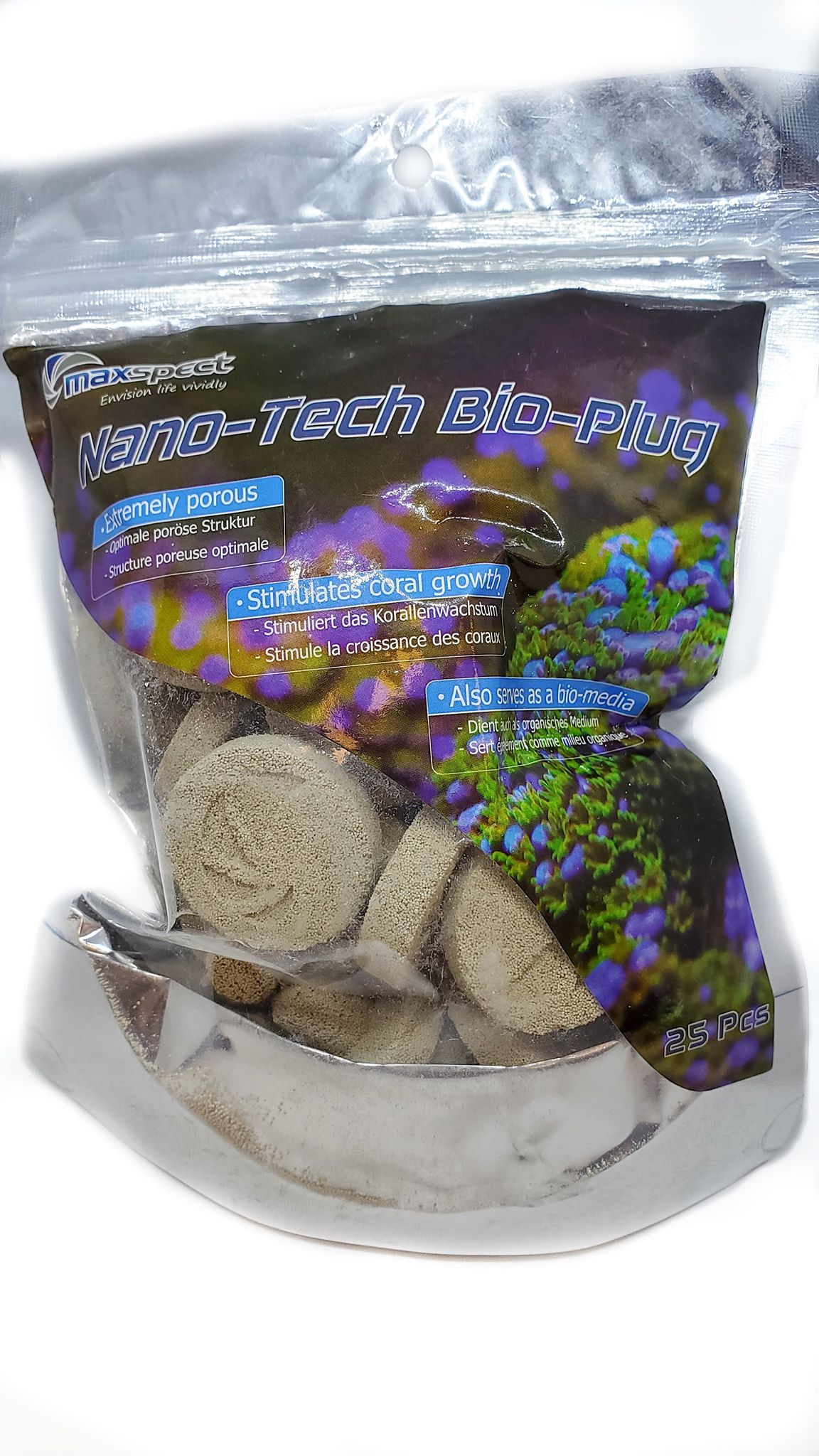
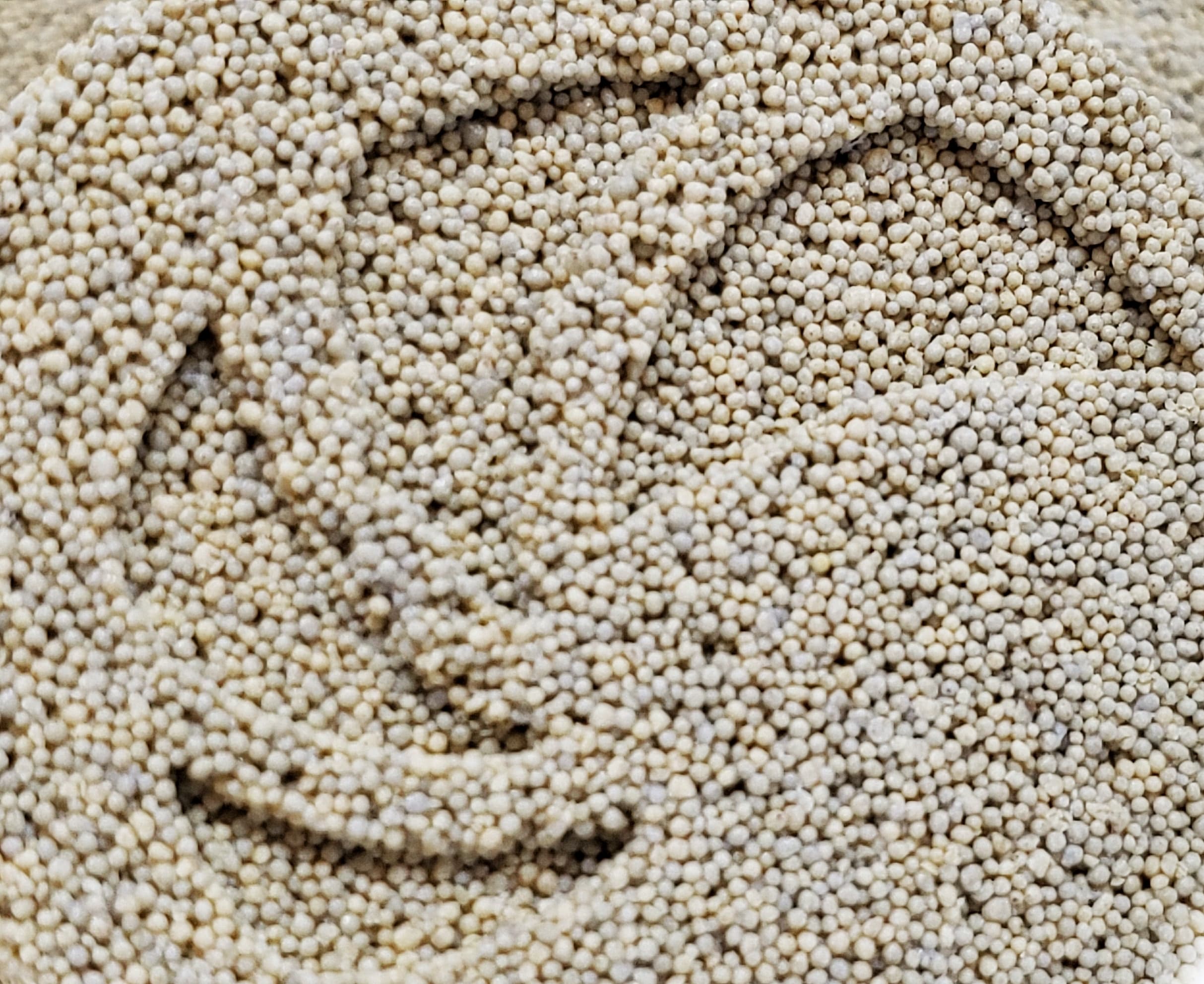
I was feeling a bit perplexed as thoughts like these were running through my mind.
- Why would one buy much more expensive frag plugs when they are dime a dozen?
- What are the benefits of using these instead of the traditional plugs?
- How does this stimulate coral growth?
- Does this actually work?
Hands on impression.
These are made out of same ceramic beads and they are extremely sturdy. From my previous experience with the company’s spheres, I can vouch for their claims (they have 3 and they are on the label) that they are porous and can serve as bio media. Here is Rutger University’s study “The Exposed Surface Area to Volume Ratio: Is Shell More Efficient than Limestone in Promoting Oyster Recruitment?”. This is how it shows Maxspec’s calculations for their units compared to live rock counterparts. So two of their claims were addressed.
Let’s move on to find out more about this item.
Embossed Maxspect logo was a nice touch (personal opinion).
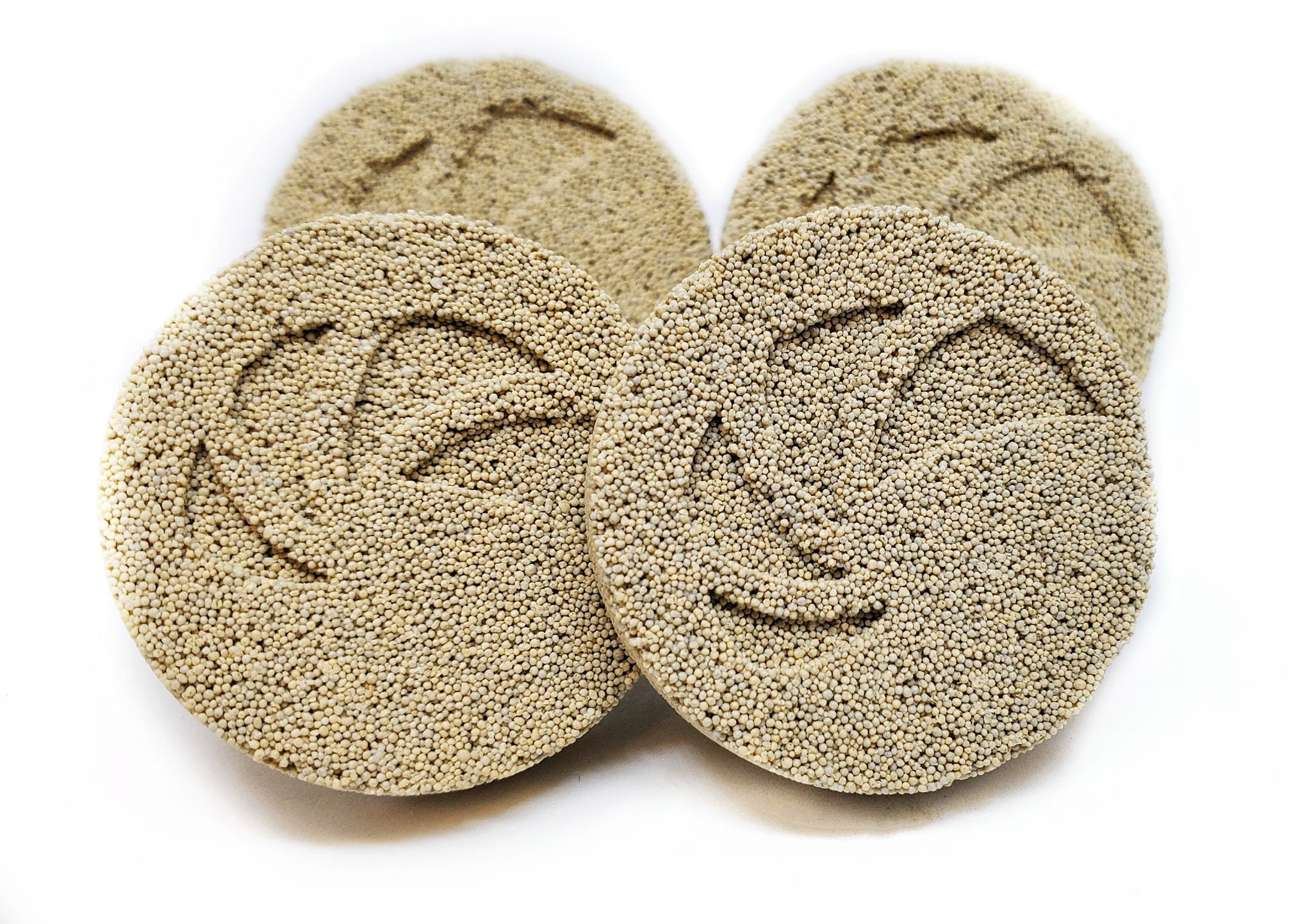
How does this work? Most importantly how does it promote better coral growth?
I asked Howard and this was his answer:
Due to the extremely porous nature of the Bio-Plug, water current can penetrate the Bio-Plug to reach the surface of the coral frag, both from the top and bottom; this allows the coral frags to extract nutrients from the water column easier. (if you are a frag plug bottom cutter like me, you may want to rethink your plug mounting game)
The Bio-Plug also serves as a bio-media. Huge amounts of bacteria colonies grow inside and on the surface of the plug, many of which can be easily captured by the coral frag polyps as food, which further increases growth rate of coral frags.
Ah! I suddenly remembered Jamie Craigg’s (reigning MASNA Aquarist Of The Year) talk where he said that corals are voracious eating animals that will consume whatever it can fit inside its mouth. Corals constantly being fed should have more energy to grow then its not-fed counterpart. All the coral farms and public aquariums that I have dealt with feed their corals heavily to enhance their health and growth rates so it makes perfect sense.
So we verified that in theory it definitely works. But I, like rest of the world, am a visually stimulated person. For people like us, here is a coral frag’s (Acropora Pulchra) growth rate documented, duration 8 months. One on a regular frag plug and one on Maxspect’s frag plug. This image was provided to me by Maxspect of their experiment.

Final thoughts.
Faster growth and healthier corals are something that every hobbyist craves for corals in our aquariums. Whether you are a farm, a serious collector that’s chasing that rare unicorn, or a regular hobbyist, this is something we all have in common and that we can all use to achieve our goal: beautiful, growing, and thriving corals. I like Maxspect’s approach in using science that’s made simple; everyone can understand it, and the active and visual research shows us how the corals can benefit from using this as its base. If you are looking for some plugs to mount those high end pieces, do give these a try. I will be mounting my high end Acroporas on these plugs soon.
Happy reefing!










0 Comments